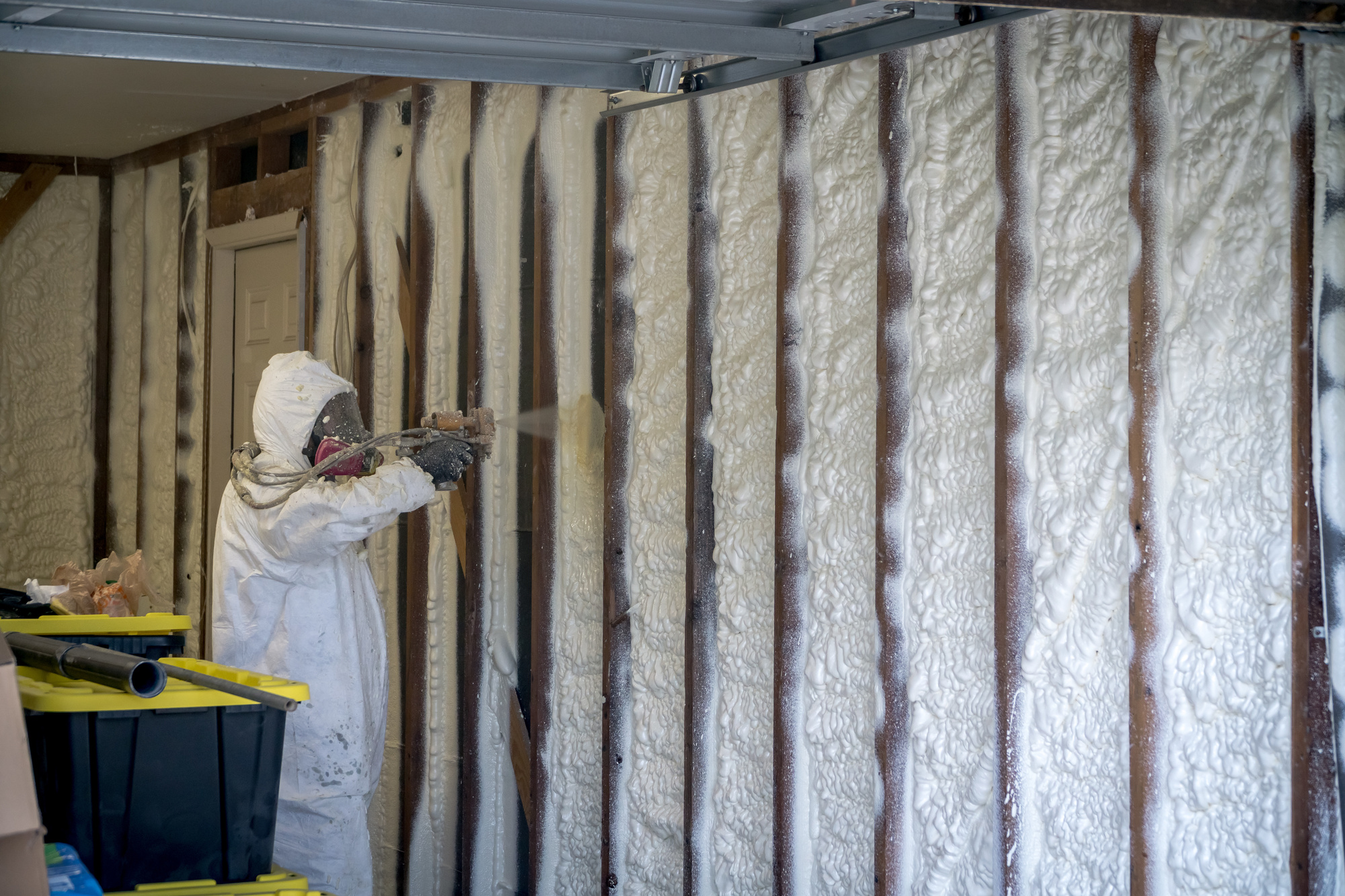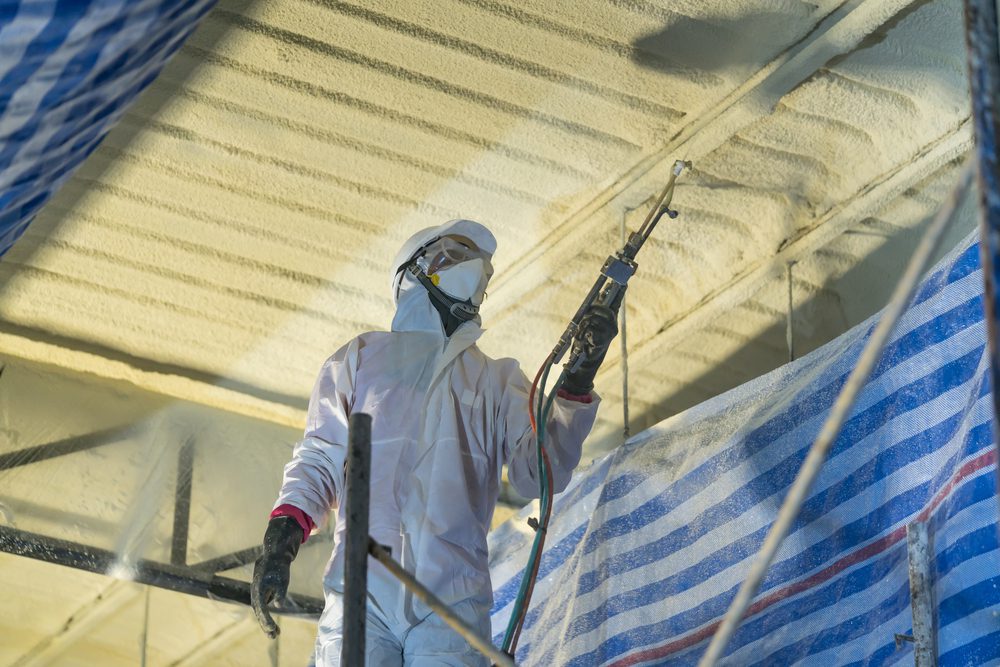Spray foam insulation is widely recognized for its performance in reducing energy loss in both residential and commercial buildings. Unlike traditional materials, spray foam creates an air-sealed barrier that directly impacts utility costs, indoor air control, and overall system performance. This article explains how the technology works, why a spray foam insulation contractor contributes to higher energy efficiency, and where it outperforms other options in real-world applications.
Spray Foam Reduces Uncontrolled Air Leakage
Air leakage is one of the most common causes of energy waste in buildings. Spray foam insulation expands into cracks and crevices, eliminating gaps that other materials miss.
How Air Leakage Affects Energy Use
Buildings without proper sealing lose conditioned air through attics, crawl spaces, and wall cavities. As a result:
- HVAC systems work harder and run longer
- Heating and cooling costs increase
- Indoor comfort fluctuates with outdoor weather
Why Spray Foam Is Effective at Sealing
Spray foam adheres directly to surfaces, filling joints and irregular spaces. It forms a monolithic barrier that resists both airflow and moisture vapor.
- Closed-cell foam provides a dense, rigid seal
- Open-cell foam expands more and conforms to uneven surfaces
- Both reduce infiltration rates and support continuous air barriers
Thermal Resistance and Effective R-Value
The labeled R-value measures thermal resistance, but real-world performance also depends on installation method and material continuity. Spray foam achieves higher effective performance due to its seamless application.
Understanding Effective vs. Nominal R-Value
- Nominal R-values assume perfect installation
- Gaps, compression, and thermal bridging reduce actual performance
- Spray foam’s consistent coverage helps maintain expected resistance
How Spray Foam Maintains Thermal Integrity
- Eliminates convective loops in wall and ceiling cavities
- Reduces cold spots and heat gain from outside
- Maintains temperature consistency in all seasons
Improved HVAC Efficiency and System Lifespan
Tightly sealed buildings reduce the strain on heating and cooling systems. With lower load requirements, systems can downsize and cycle more efficiently.
Energy Savings Through Load Reduction
- Reduced air change rate leads to better indoor climate control
- Fewer HVAC runtime hours means less wear on components
- Smaller systems cost less to install and maintain
Equipment Longevity Benefits
- Compressors and fans operate under stable conditions
- Less frequent maintenance and part replacement
- Improved comfort without overcompensating airflow
Moisture and Mold Prevention Benefits
Energy efficiency isn’t just about heat transfer—moisture control plays a significant role. Spray foam reduces condensation, helping maintain dry, insulated surfaces.
Vapor Control Characteristics
- Closed-cell foam acts as both insulation and vapor retarder
- Controls dew point location within the assembly
- Helps avoid wet insulation, which lowers thermal resistance
Mold and Mildew Resistance
- No air movement = no moisture-laden air entering wall cavities
- Spray foam is inert and does not support microbial growth
- Reduces the need for costly remediation in humid environments
Application Areas That Maximize Efficiency Gains
Spray foam is particularly effective in areas with high potential for energy loss. When targeted correctly, its impact on overall efficiency increases significantly.
Attics and Rooflines
- Prevents thermal bridging and radiant heat gain
- Supports conditioned attic strategies in HVAC design
Crawl Spaces
- Eliminates ground moisture and drafts
- Helps maintain warmer floors in winter and cooler interiors in summer
Exterior Walls
- Improves thermal envelope in retrofits and new builds
- Maintains consistent insulation depth around framing elements
Rim Joists and Wall Penetrations
- Fills small cavities that other materials can’t reach
- Reduces infiltration around electrical and plumbing entries
Comparison of Spray Foam and Other Insulation Types
Choosing insulation requires evaluating not just R-value, but total system performance. Spray foam often provides superior energy benefits, especially where airtightness and moisture resistance matter.
| Feature | Spray Foam | Fiberglass Batts | Blown-In Cellulose |
|---|---|---|---|
| Air Sealing | Excellent | Poor | Moderate |
| Moisture Resistance | High (Closed-cell) | Low | Moderate |
| Thermal Bridging Resistance | Strong | Weak | Moderate |
| Application Coverage | Seamless | Prone to gaps | Good in open areas |
| Longevity and Stability | Long-term | Can sag or shift | Prone to settling |
Common Question: Does Spray Foam Always Improve Energy Efficiency?
Yes, but results depend on correct product selection and installation. Closed-cell foam improves both insulation and air sealing. Open-cell foam provides great coverage and sound control, though it requires additional vapor management in some climates. The efficiency gain is most noticeable when used in air-leak-prone areas like attics, rim joists, and crawl spaces.
Conclusion
Spray foam insulation delivers more than just higher R-values—it improves building performance by controlling air movement, enhancing thermal consistency, and reducing HVAC strain. Its ability to seal and insulate in one step makes it an energy-saving choice for both new construction and retrofit applications. Whether targeting attic inefficiencies or upgrading crawl space protection, Spray Foam Insulation services offer measurable results in energy conservation and comfort improvement. Proper application by trained professionals ensures that the building envelope is optimized for long-term performance.
FAQs
Where is spray foam most effective for energy savings?
Attics, crawl spaces, and rim joists show the highest returns because of frequent air leakage in these areas. Sealing these zones creates an efficient thermal envelope.
Does spray foam reduce HVAC equipment size needs?
Yes. Tighter building envelopes require less conditioned air. HVAC systems can be downsized, improving efficiency and reducing operational costs.
Can spray foam be used in humid climates?
Closed-cell spray foam performs well in humid areas by preventing moisture penetration and controlling condensation inside walls or floors.
How does spray foam compare to fiberglass in energy efficiency?
Spray foam outperforms fiberglass by reducing air movement and moisture infiltration. Fiberglass often leaves gaps and loses effectiveness when compressed.
Is spray foam compatible with energy code requirements?
Yes. Spray foam often exceeds energy code minimums for air sealing and R-value. It helps meet or exceed IECC and ASHRAE standards for envelope performance.
Author: Wil Perkins is the founder of Peninsula Insulation and a long-time resident of Easton, Maryland. With a hands-on approach and nearly five years in the insulation business, Wil leads a team known for professional service and quality work. He’s committed to providing best Spray Foam Insulation solutions and lasting results for every project.
Reviewer: Emily Martinez has 12 years of experience in spray foam insulation. She reviewed this article and suggested ways to make the content more useful for contractors looking to grow their customer base.
Explore More:
https://maps.app.goo.gl/T8ytdfjSBUeeecbs8v

